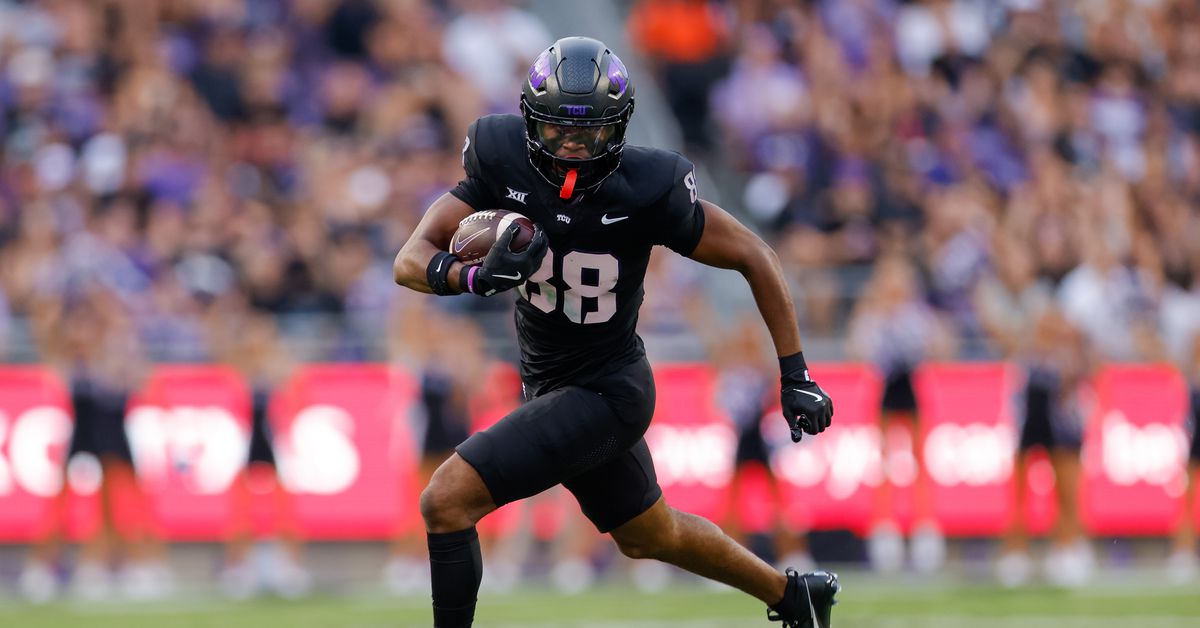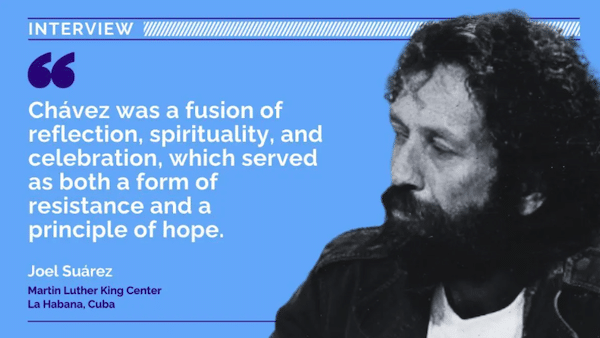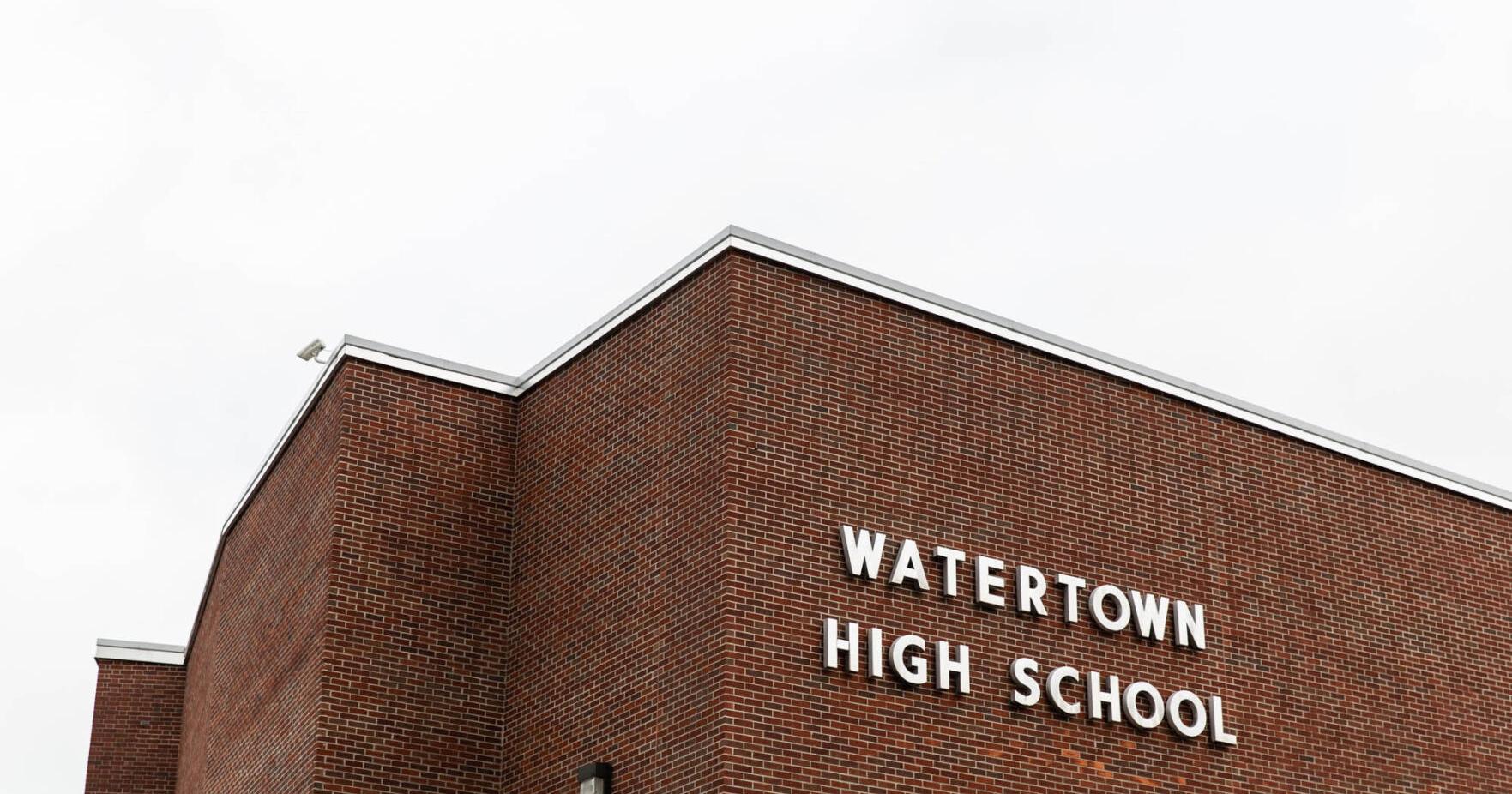
A Journal of Analysis and News
EU signs Security Agreement with Japan. Photo Credit: Josep Borrell, X
By East Asia Forum
By Paul O’Shea
In early November 2024, Japan and the European Union signed a security and defence partnership. Amid a flurry of other events — North Korean troops in Ukraine, the US election, another looming trade war and Germany’s political and economic crises — this agreement may have gone unnoticed. Even as the world speeds up, EU–Japan relations continue to progress according to their own slow and incremental logic, as if from another era.
The November 2024 agreement reflects this dynamic — it is the next step following the 2018 Economic and Strategic Partnership Agreement. Both agreements promise deeper cooperation across a wide range of economic, social and security issues. But for now, they remain too vague and exploratory to keep pace with accelerating geopolitics.
The 2018 agreement was concluded in a period of geopolitical uncertainty. The European Union was dealing with the fallout from Brexit while struggling to manage relations with the first Trump administration. Japan, under Abe, was managing Trump in its own way while building partnerships to hedge against US decline and growing isolationism.
Six years later, the outlook for both parties is even bleaker. The European Union successfully managed Brexit but right-wing populism continues to rise across the continent. Trump’s return threatens the global economic and security order underpinning European prosperity. In Washington, the so-called ‘prioritisers’ — those that favour focusing on China while reducing involvement in other regions — are coming to power, leaving Europe to consider deterring Russia without US support.
Japan’s position, though less dire, remains uncertain. Trump’s pick for Commerce Secretary, Howard Lutnick, has previously targeted Japan for tariffs. Even if Japan avoids the coming Trump tariffs, his re-election sends an ominous signal to US allies. While Japan can take comfort in the fact that the United States needs its support to contain China, four more years of Trump means that nothing can be taken for granted. Looking beyond the next four years, US transactionalism and isolationism can no longer be dismissed as a blip. This is clearly a trend.
The 2018 agreement provided a broad framework to formalise cooperation across a range of issue areas, including trade, climate change, energy and human rights. While two structurally similar advanced economies will struggle to achieve massive gains from trade, bilateral trade and investment flows have increased significantly. Non-tariff barriers remain an obstacle but these are expected to fade as the two economies become more deeply interconnected.
The 2018 strategic partnership aimed to lay a foundation for future cooperation, focusing on ‘safe’ areas such as climate change. Since then, cooperation has deepened and moved into ‘harder’ sectors. Japanese former prime minister Kishida attended the NATO summits in 2022, 2023 and 2024, while the European Union and Japan implemented a new strategic dialogue at the foreign minister level. In November 2023 and again in 2024, former vice-president of the European Commission Josep Borrell met with Japanese Minister of Foreign Affairs Iwaya Takeshi, and it was at this latter meeting that the Defense Partnership was formalised.
This new agreement highlights a wide range of potential fields of cooperation — just as the 2018 agreement did. It includes important new steps, most notably increasing maritime security cooperation, including proposed joint exercises and port calls. While neither China nor Russia are mentioned, the agreement explicitly links the security of Europe with that of the Indo-Pacific’ and vice-versa.
The agreement also calls for ‘exploring the opportunity’ to build maritime capacity in third-party Indo-Pacific states among other initiatives. But there lies a key issue — much of the agreement is ‘exploratory’. The text is littered with references to ‘exploring the possibility of cooperation’ in various fields. Given the acute crisis that US alliance partners face today, the language is vague and unhurried.
The progress since 2018 is evident but pales in comparison to the dramatic geopolitical shifts in the same period. If there was a time to move from ‘exploration’ to ‘cooperation’, it is now. The shared interests are obvious — both parties have built their prosperity on the rules-based international order. They also share a growing fear of the authoritarian challenge posed by China and Russia, and of the threat to the most basic norms of the post-World War II international order.
But despite these shared values and fears, a rapid response seems beyond their reach for several reasons. Kishida’s reaction to Ukraine was lauded, promising major increases in military spending, circumventing restrictions on arms exports and seeking to develop ties with NATO. But even at the time, there were questions about where the money would come from. The October election left the ruling Liberal Democratic Party without a coalition majority, adding political constraints to the existing fiscal and demographic challenges.
Meanwhile in Europe, substantial deepening of security ties with Japan would require the unlikely unanimity of member states — a feat that is difficult to achieve given their divergent interests, particularly when it comes to issues that, if only tangentially, involve China.
The trajectory and pace of EU–Japan security relations indicate that neither side is currently in a position to be a major geopolitical player outside their immediate neighbourhood. This may change, especially if the China–Russia entente deepens or further significant events occur. But the new agreement, exploratory as it is, marks the limits of possible cooperation.
East Asia Forum is a platform for analysis and research on politics, economics, business, law, security, international relations and society relevant to public policy, centred on the Asia Pacific region. It consists of an online publication and a quarterly magazine, East Asia Forum Quarterly, which aim to provide clear and original analysis from the leading minds in the region and beyond.
Your email address will not be published.
By Bridget Welsh Without fanfare but with consequences, Thailand’s cabinet in late October approved granting citizenship to nearly half a million stateless
so you don’t care if coal is used for production of steel or fuels. then I suggest you walk to…
Ukraine needs to announce of staying neutral for there to be any early Ceasefire. UN and Trump need to assure…
Thanks for this post. I am totally agreed with you.🙏🤜🤛
Odd that you don’t mention the “neutrality” option . . . the key to a safe Ukraine is neutrality, declared…
I have not yet seen any of the facts and figures I requested from Mr Debashis Chakrabarti. What I did…









